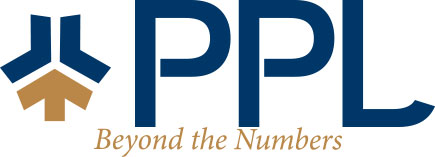The 4th series in our blog post will cover child adoption, kiddie tax, student loan interest deduction and bonds used for education.
Child Adoption:
The adoption credit for 2023 can be taken for qualified expenses up to $15,950. The full credit is available for a special-needs adoption, even if it costs less. The credit begins to phase out for filers with modified AGIs over $239,230 and disappears at $279,230 ($223,410 and $263,410, respectively, for 2022).
The exclusion for company-paid adoption aid was also increased from $14,890 to $15,950 for 2023.
Kiddie tax:
The kiddie tax has less bite in 2023. The first $1,250 of a child’s unearned income is tax-free if the child is 18 years old or younger, or a full-time student under 24. The next $1,250 is taxed at the child’s rate. Any excess over $2,500 is taxed at the parent’s rate.
Student loan interest deduction:
If you have college debt that you are paying down, you may be able to deduct up to $2,500 of student loan interest paid each year. You don’t have to itemize on Schedule A to get this money saver. The break is instead claimed on Schedule 1 of Form 1040.
There is an income limitation.
Joint filers: begins to phase out at modified AGIs over $155,000 and ends at modified AGIs over $185,000.
Other filers: the credit phaseout begins at a modified AGI over $75,000) and ends at a modified AGI over $90,000.
Bonds used for education:
If you cash in Series I or EE before maturity and use the funds to help pay for college or other higher education expenses you could avoid paying federal income tax. To take advantage there are numerous hurdles to jump through such as strict income limits. For 2023 the exclusion starts phasing out above $137,800 of modified AGI for joint filers and $91,850 for others. It ends at a modified AGI of $167,800 and $106,850, respectively. The savings bonds should be redeemed to help pay for tuition and fees for college, graduate school, or vocational school for the taxpayer, spouse, or a dependent.

